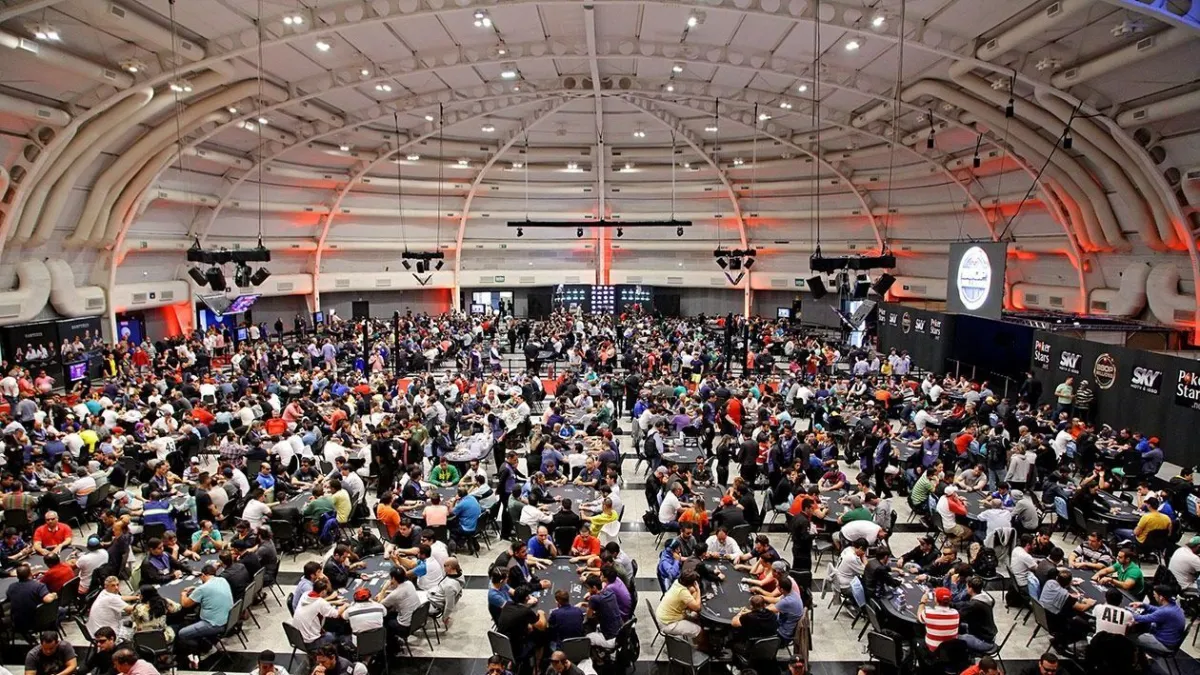In the world of high-stakes poker, luxury isn’t just a detail — it’s a silent statement. Rolex, Balenciaga, Off-White, Louis Vuitton. Logos shine like symbolic chips, signaling not just wealth, but belonging to an elite that plays — and lives — on another frequency.
Once upon a time, the poker player bore the mystique of a rogue outsider. Today, they might walk in as a living extension of a Paris Fashion Week runway. The table has become a showcase. And players, acutely aware of the camera and the branding, have learned to play with it — in both senses of the word.
Luxury brands entered poker as codes of distinction, to borrow from Pierre Bourdieu’s language in Distinction: A Social Critique of the Judgment of Taste (1979). The consumption of luxury items is never random: it carves out a symbolic territory. When a player flaunts an Audemars Piguet watch or a Dior jacket, they’re not just signaling wealth — but cultural capital: an aesthetic of power.
It’s a fascinating paradox. In a game that rewards bluffing and concealment, some players wear their fortune as armor. Fashion becomes both shield and sword, asserting an invisible hierarchy: “I’m on another level — and you know it.”
This trend has become even more apparent with the growth of live streams and the high-stakes circuit. Tournaments like the Triton Super High Roller Series or WPT Championship events in Las Vegas have turned poker into a spectacle where image is just as important as skill.
Take Patrik Antonius, always immaculate, somewhere between elite athlete and Scandinavian lifestyle mogul. Or Dan Bilzerian, who pushed the archetype to the extreme — blending pornographic ostentation with military camouflage and designer accessories. Tom Dwan, with his enigmatic aura, prefers discreet luxury — minimalism as a coded elite dialect. Fedor Holz offers another variation: balancing spirituality and luxury streetwear, performing humility while wearing exclusive designer labels.
There’s also a growing collaboration between fashion brands and players — whether in sponsorships or as part of their digital persona. Brands like Philipp Plein and Palm Angels have started appearing at high-stakes tables like the new football jersey.
But there’s a critical (and necessary) reading: poker, like any performance-driven sport, is not immune to the logic of capital. The presence of designer labels isn’t just aesthetic — it’s political. Someone who can spend tens of thousands of dollars on an Hermès bracelet just to play cards starts with a kind of advantage — symbolic, social, and even strategic.
Bourdieu wrote that “taste classifies, and it classifies the classifier.” In poker, the taste for luxury fashion helps classify — and exclude. It’s a sign that the game, even when democratic in theory, remains deeply hierarchical at its visual edges.
In the end, that designer outfit might just be one more card — hidden in plain sight.
📚 References:
- Bourdieu, P. (1979). Distinction: A Social Critique of the Judgment of Taste. São Paulo: Zahar.
- Interviews with players (High Stakes Poker Show, 2021–2024).
- Interview: “Poker, Fashion and Wealth” – GQ Magazine, Jan/2023 edition.
- Veblen, T. (1899). The Theory of the Leisure Class. São Paulo: Abril Cultural (1975 edition).
- CardPlayer Europe (2023). “Designer Labels at the Tables: A Rising Trend?”











